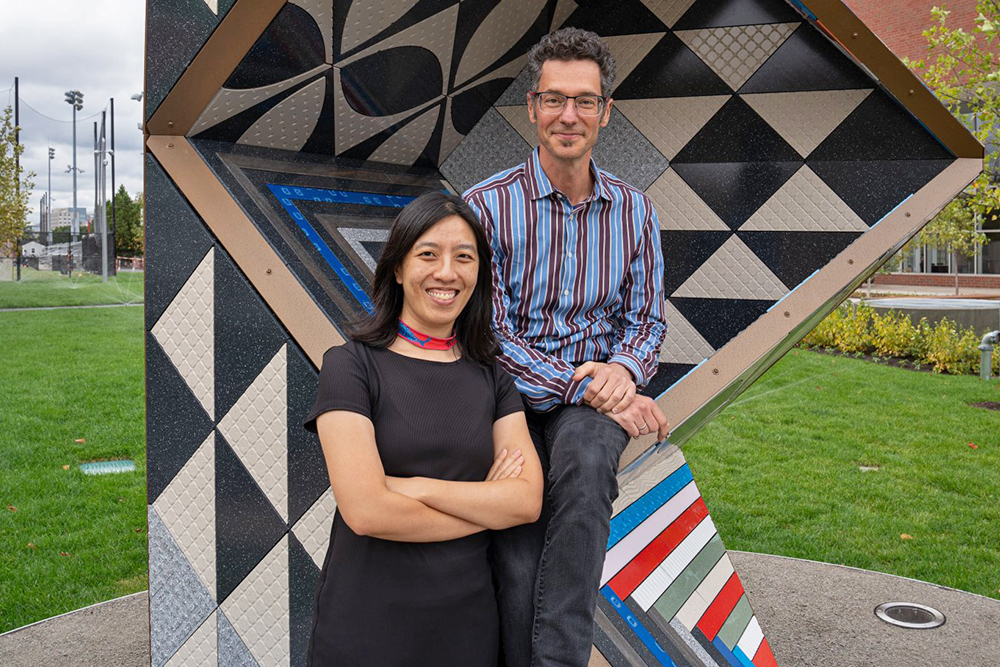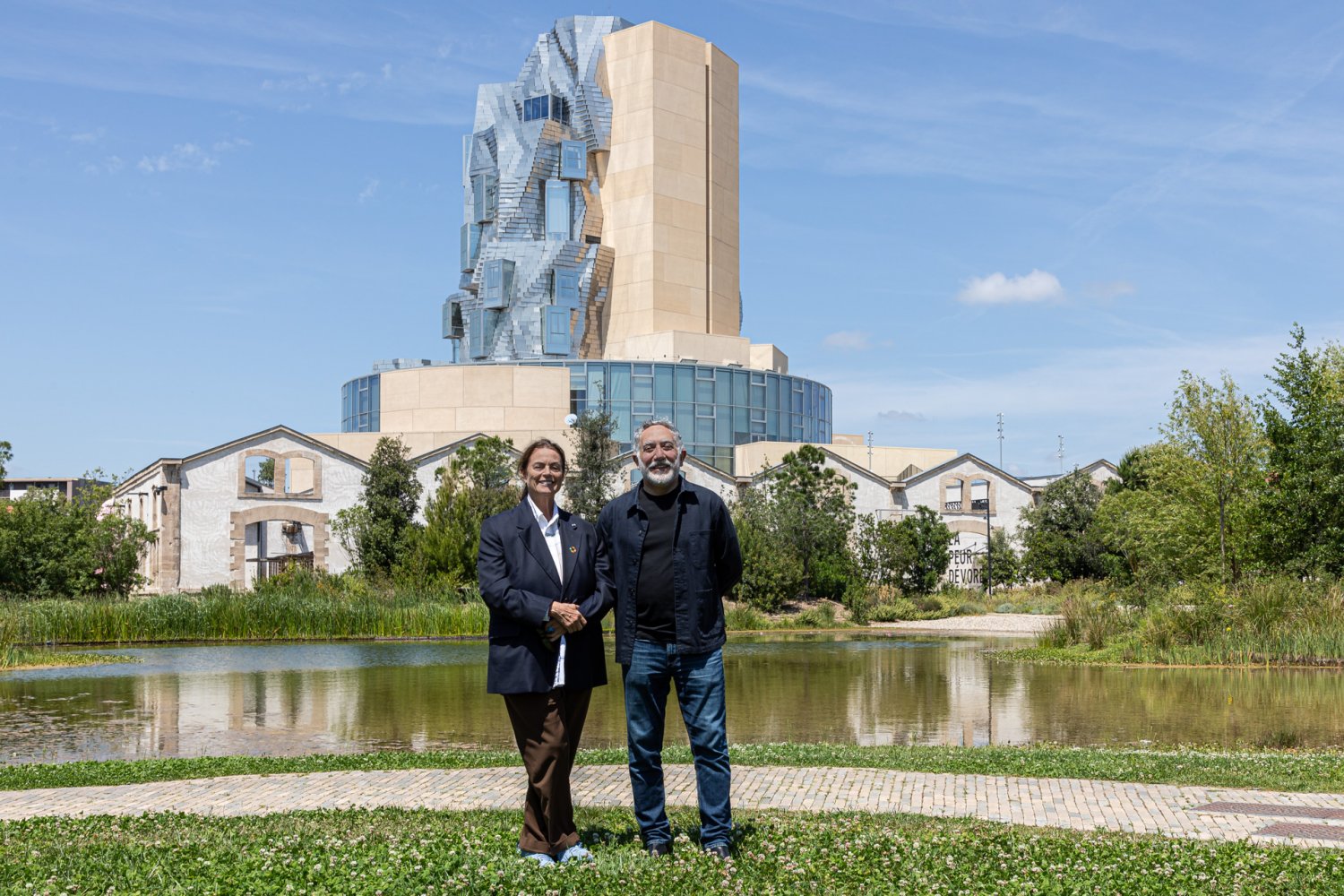The MIT Astrodynamics, Space Robotics, and Controls Laboratory (ARCLab) has unveiled the public beta of the MIT Orbital Capacity Assessment Tool (MOCAT) at the 2023 Organization for Economic Cooperation and Development (OECD) Space Forum Workshop held on December 14. MOCAT empowers users to simulate long-term space environments, enabling a comprehensive analysis of the growing space debris challenge and the efficacy of preventive measures.
As the congestion in low Earth orbit intensifies due to increasing satellite launches, the risk of collisions and space debris is becoming more urgent. Conducting detailed studies of the space environment is vital for creating effective strategies that promote responsible and sustainable utilization of space resources.
MOCAT distinguishes itself in the realm of orbital modeling tools by allowing users to analyze individual objects, diverse parameters, orbital dynamics, fragmentation scenarios, and collision risks. Its versatility encompasses object differentiation, parameter generalization, and multi-fidelity computations, making MOCAT a powerful resource for thorough space environment evaluation and management.
This open-source tool aims to inform stakeholders, including satellite operators, regulators, and members of the public, facilitating informed decision-making processes. The ARCLab team has focused on developing these models over the past few years, recognizing that the absence of open-source evolutionary modeling tools has hindered stakeholders’ ability to reach a consensus on actions necessary for enhancing space sustainability. This beta release invites users to explore the tool and share feedback to steer further advancements.
Richard Linares, the principal investigator for MOCAT and an MIT associate professor of aeronautics and astronautics, shares his enthusiasm for the tool’s potential impact: “MOCAT signifies a major advancement in orbital capacity assessment. By making this tool freely accessible, we aspire to engage the global community in deepening our understanding of satellite orbits and promoting sustainable space practices.”
MOCAT includes two main components: MOCAT-MC and the MOCAT Source Sink Evolutionary Model (MOCAT-SSEM). MOCAT-MC evaluates the evolution of the space environment through individual trajectory simulations and Monte Carlo parameter analyses, offering both a macro view of the environment and detailed analyses of individual space objects. In contrast, MOCAT-SSEM employs a lower-fidelity modeling approach, allowing it to run rapidly on personal computers, typically in seconds to minutes. Users can access MOCAT-MC and MOCAT-SSEM individually via GitHub.
The initial development of MOCAT has received support from the Defense Advanced Research Projects Agency (DARPA) and NASA’s Office of Technology and Strategy.
“We are excited to support this innovative orbital debris modeling initiative and the new insights it has generated,” remarks Charity Weeden, associate administrator for the Office of Technology, Policy, and Strategy at NASA. “This open-source modeling tool serves as a public asset that will enhance space sustainability, improve evidence-based policy analysis, and enable all users of space to make more informed decisions.”
Photo credit & article inspired by: Massachusetts Institute of Technology


